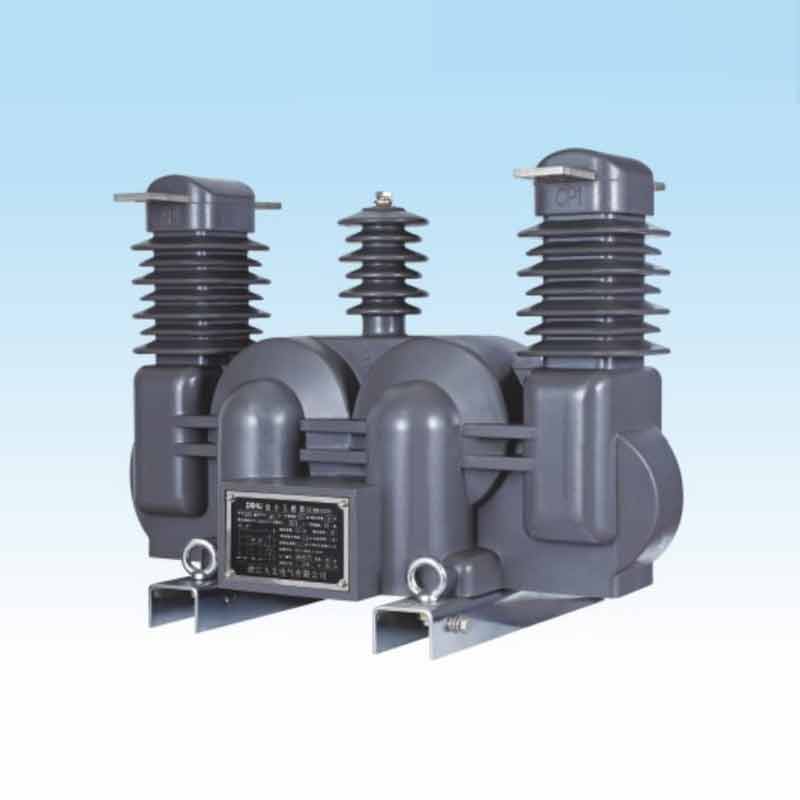
- English
- Español
- Português
- русский
- Français
- 日本語
- Deutsch
- tiếng Việt
- Italiano
- Nederlands
- ภาษาไทย
- Polski
- 한국어
- Svenska
- magyar
- Malay
- বাংলা ভাষার
- Dansk
- Suomi
- हिन्दी
- Pilipino
- Türkçe
- Gaeilge
- العربية
- Indonesia
- Norsk
- تمل
- český
- ελληνικά
- український
- Javanese
- فارسی
- தமிழ்
- తెలుగు
- नेपाली
- Burmese
- български
- ລາວ
- Latine
- Қазақша
- Euskal
- Azərbaycan
- Slovenský jazyk
- Македонски
- Lietuvos
- Eesti Keel
- Română
- Slovenski
- मराठी
- Srpski језик
What are the differences between split and combined instrument transformers?
2025-04-22
Combined instrument transformers refer to the combination of current transformers and voltage transformers to form a whole. The design of combined instrument transformers is more compact, takes up less space, and is more convenient to install. At the same time, due to the simplified circuit structure, the operating cost is relatively low.
Split transformers separate current transformers and voltage transformers, and each works independently. The installation of split transformers is more flexible, so it is suitable for various occasions. In addition, current transformers and voltage transformers can use transformers of different specifications to meet the measurement requirements of different voltage and current levels.
From a structural point of view, combined instrument transformers combine current transformers and voltage transformers to form a whole; while split transformers separate current transformers and voltage transformers, and each works independently. From a functional point of view, combined instrument transformers can measure current and voltage at the same time and are widely used in power system energy metering and protection; split transformers are used to measure current and voltage separately and are suitable for measurement needs of different voltage and current levels. In addition, since transformers are widely used in power systems and need to be frequently inspected and replaced, the maintenance and inspection of combined instrument transformers are more difficult than those of split transformers.




